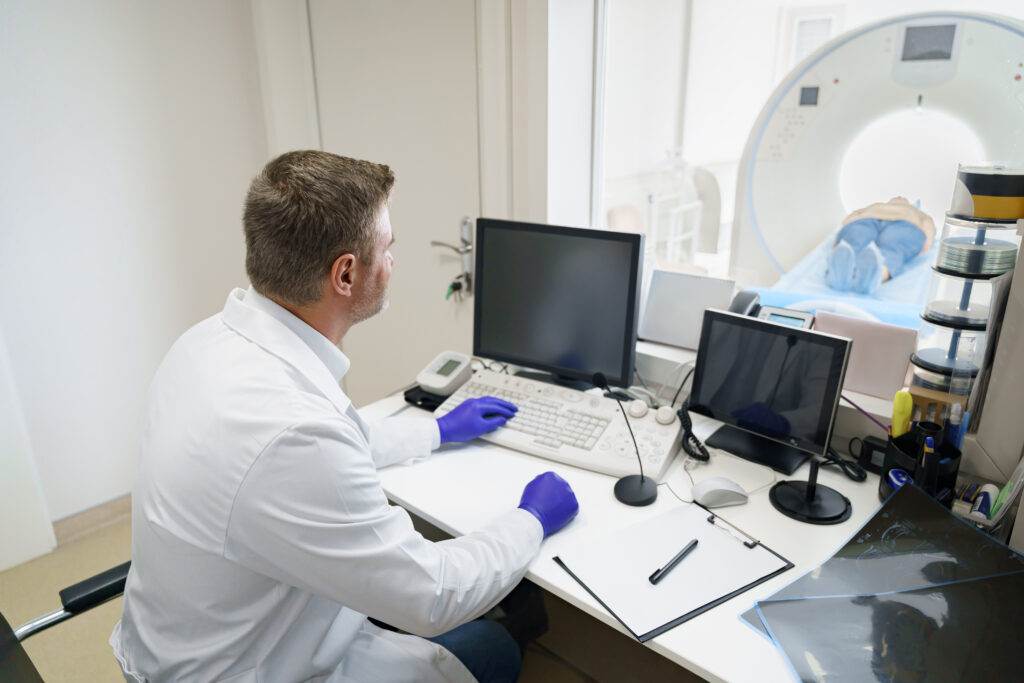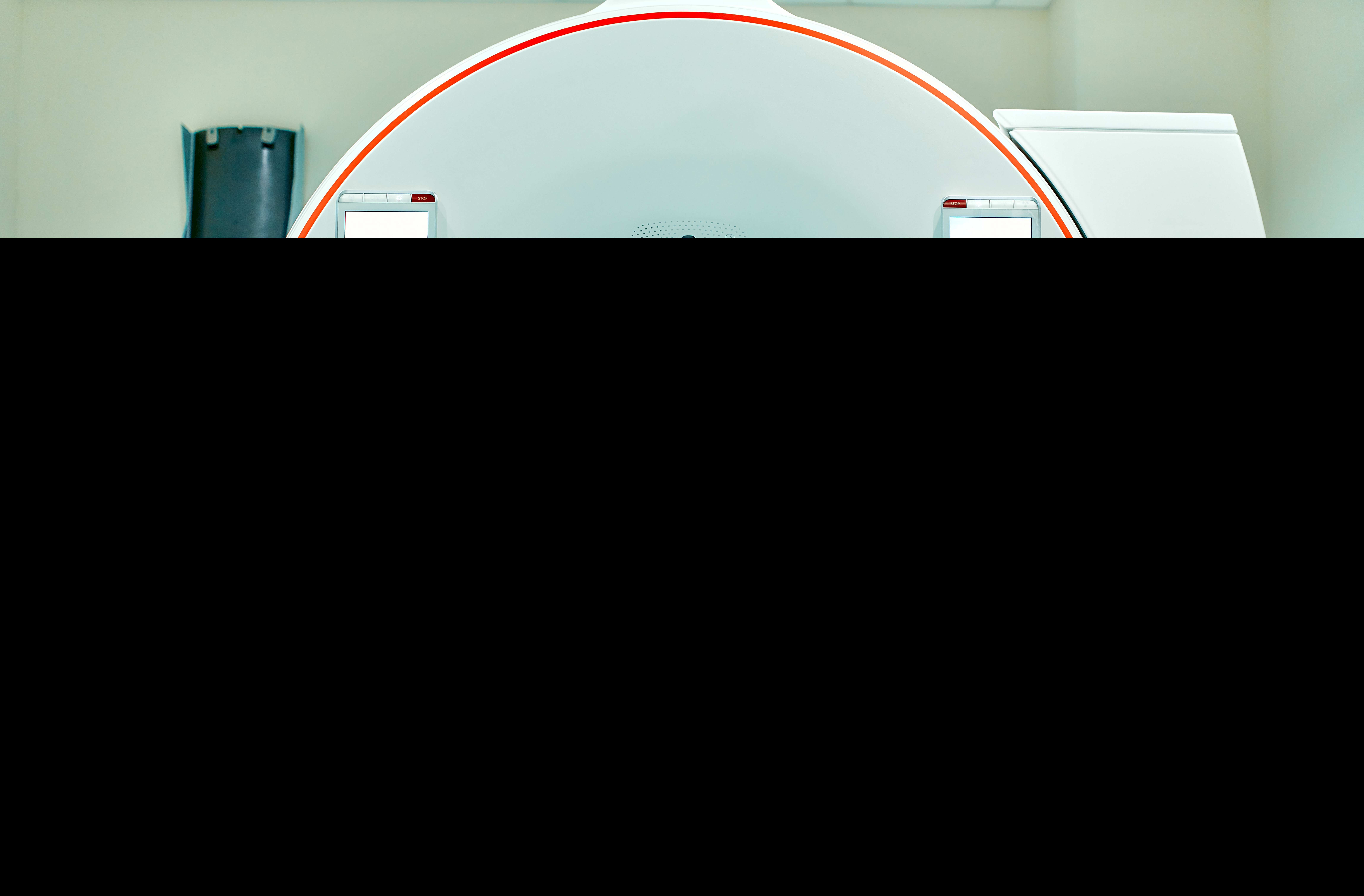If you work in the medical field, you’ve likely heard the terms “PACS” and “Dicom viewers” thrown around. But what do these terms mean, and why are they important for radiology workflow and digital imaging?
In this blog post, we’ll explore the basics of PACS and Dicom viewers, their role in the medical field, and how they can improve efficiency and accuracy in radiology.
Try HUB Healthcare’s free cloud-based Dicom viewer – Click Here
What Is PACS?
PACS stands for Picture Archiving and Communication System. It is a medical imaging technology that allows healthcare professionals to store, retrieve, and distribute digital medical images and reports.
PACS is a comprehensive system that includes hardware, software, and networks for the storage, retrieval, and distribution of medical images. It is used in various medical fields, including radiology, cardiology, and pathology.
How Does PACS Work?

by Robina Weermeijer (https://unsplash.com/@averey)
PACS works by capturing digital images from various medical imaging devices, such as X-ray machines, MRI scanners, and ultrasound machines. These images are then stored in a central database, which can be accessed by authorized healthcare professionals.
The images can be viewed on any computer with a PACS workstation, allowing for easy access and collaboration between healthcare professionals. This eliminates the need for physical film and allows for faster and more efficient image sharing.
Benefits of PACS
PACS offers numerous benefits for healthcare professionals, including:
- Improved efficiency: With PACS, medical images can be accessed and shared quickly and easily, reducing the time and effort required for traditional film-based systems.
- Cost savings: PACS eliminates the need for physical film, reducing the cost of film, storage, and maintenance.
- Better patient care: With faster access to medical images, healthcare professionals can make quicker and more accurate diagnoses, leading to better patient outcomes.
Learn More About HUBs Dicom Viewer – Click Here
What Is a Dicom Viewer?
Dicom stands for Digital Imaging and Communications in Medicine. It is a standard format for storing and transmitting medical images and related information. A Dicom viewer is a software application that allows healthcare professionals to view and manipulate Dicom images.
How Does a Dicom Viewer Work?

A Dicom viewer works by retrieving Dicom images from a PACS system and displaying them on a computer screen. The viewer allows healthcare professionals to manipulate the images, such as adjusting brightness and contrast, zooming in and out, and measuring distances and angles.
Benefits of Dicom Viewers
Dicom viewers offer several benefits for healthcare professionals, including:
- Improved accuracy: With the ability to manipulate images, healthcare professionals can make more accurate diagnoses and treatment plans.
- Enhanced collaboration: Dicom viewers allow for easy sharing of images between healthcare professionals, improving collaboration and communication.
- Increased efficiency: Dicom viewers allow for faster image retrieval and manipulation, reducing the time and effort required for traditional film-based systems.
How Do PACS and Dicom Viewers Improve Radiology Workflow?
PACS and Dicom viewers play a crucial role in radiology workflow, offering numerous benefits for radiologists and other healthcare professionals.
Faster Image Retrieval and Sharing
With PACS and Dicom viewers, radiologists can access and share medical images quickly and easily. This eliminates the need for physical film and allows for faster collaboration between radiologists and other healthcare professionals.
Improved Accuracy and Efficiency
PACS and Dicom viewers allow for more accurate and efficient diagnoses and treatment plans. With the ability to manipulate images and collaborate with other healthcare professionals, radiologists can make more informed decisions and provide better patient care.
Streamlined Workflow
PACS and Dicom viewers streamline the radiology workflow by eliminating the need for physical film and reducing the time and effort required for traditional film-based systems. This allows radiologists to focus on their work and provide better patient care.
Real-World Examples of PACS and Dicom Viewers in Action
One example of the use of PACS and Dicom viewers is at the University of California, San Francisco (UCSF) Medical Center. They implemented a PACS system to improve the efficiency and accuracy of their radiology department.
With the new system, radiologists were able to access and share images quickly and easily, reducing the time and effort required for traditional film-based systems. This led to improved patient care and increased efficiency in the radiology department.
Who Is Responsible for Implementing and Maintaining PACS and Dicom Viewers?
The responsibility for implementing and maintaining PACS and Dicom viewers typically falls on the IT department of a healthcare facility. They are responsible for ensuring that the systems are set up correctly, maintained, and updated regularly.
Takeaways
PACS and Dicom viewers are essential tools in the medical field, particularly in radiology. They offer numerous benefits, including improved efficiency, accuracy, and collaboration between healthcare professionals. By implementing and maintaining these systems, healthcare facilities can provide better patient care and streamline their workflow.
If you are considering implementing a PACS and Dicom viewer system in your healthcare facility, be sure to research and choose a reputable provider to ensure the best results. With the right tools and technology, you can improve the efficiency and accuracy of your radiology department and provide better patient care.
For more detailed information on using HUB Healthcare visit our Help Center.






